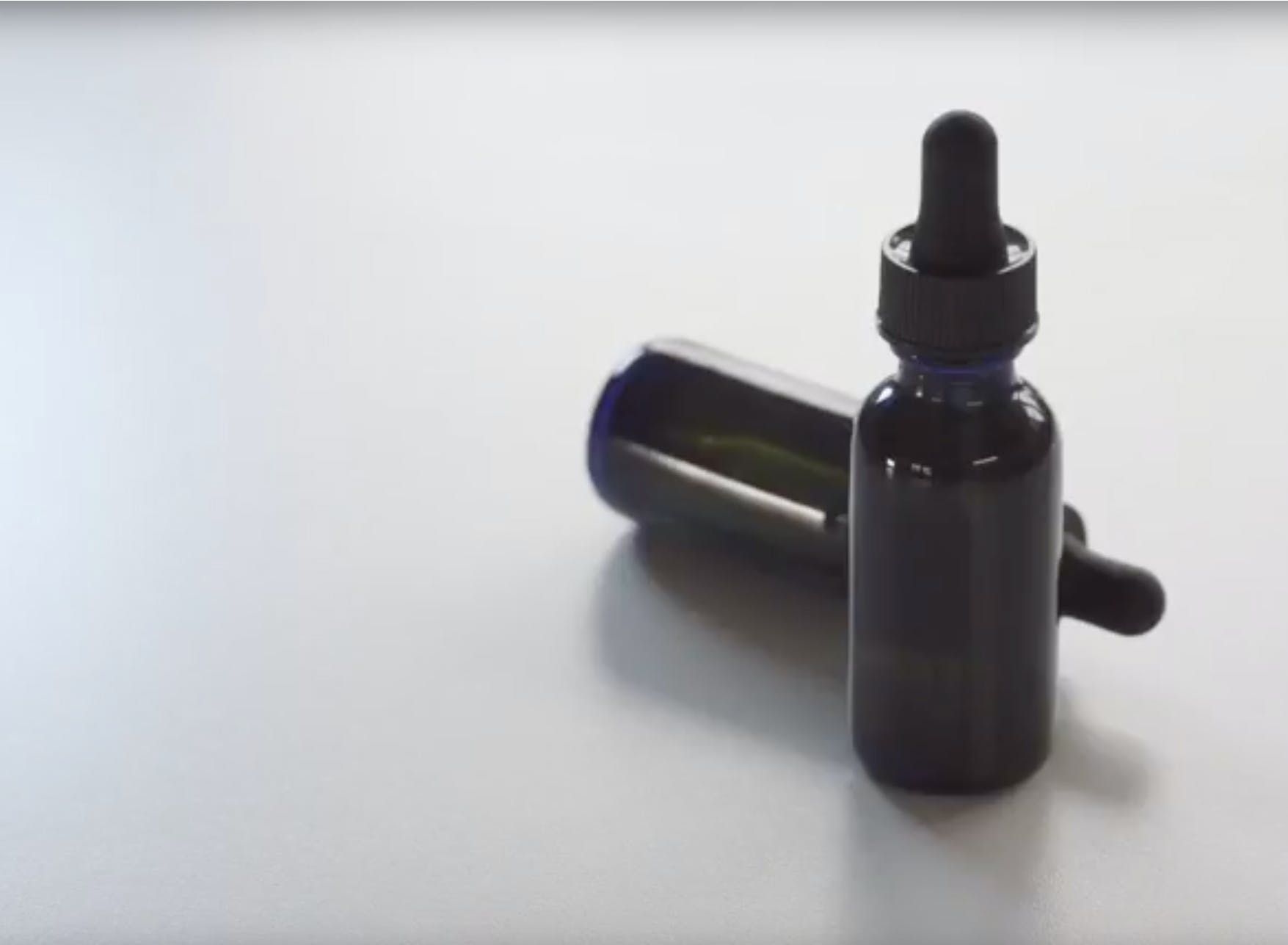In our series for cannabis newcomers, we’ve looked at how and why cannabis patients vape, smoke and eat their cannabis. In this article, we’ll get into yet another form of administration: sublingual cannabis. While sublingual options aren’t as well known as other methods of using this medicine, they’re quickly growing in popularity among medical marijuana patients.
FOLLOW US ON FACEBOOK & INSTAGRAM
Why do patients choose sublingual options? Are sublinguals right for you? And do you know how to get the most out of your medicine when using it sublingually? Read on to learn more.
RELATED: 5 WAYS OTHER THAN SMOKING FLOWER TO CONSUME MARIJUANA
What Is Sublingual Cannabis?
Sublingual cannabis comes in a few different forms—from tinctures and sprays to strips that dissolve under your tongue. What they all have in common is their method of absorption. Rather than getting absorbed through the digestive system, which happens when you eat an edible, these products rely on sublingual absorption, or absorption through the mucosal membranes under your tongue. Dense with capillaries, these membranes provide a direct route for cannabis to enter your bloodstream. By holding these products under the tongue, patients are able to medicate quickly and with ease.
Of course, there’s been a little bit of controversy over the effectiveness of sublingual cannabis, with some arguing that marijuana can’t actually be absorbed in this way. Don’t let the critics deter you. Scientific studies, along with anecdotal reports from patients, show that sublinguals effectively deliver cannabis into the bloodstream.
Why Do Patients Use Sublingual Cannabis?
Sublinguals are a popular choice for patients who’d rather not inhale their cannabis. For those who rule out vaping and smoking, either for personal health reasons or because they don’t enjoy that type of high, sublinguals offer the perfect substitute. For one thing, it’s one of the only non-inhaled options that can offer quick relief from symptoms.
Edibles are a common substitute for smoking or vaping cannabis. However, unlike sublinguals, edibles are swallowed and processed through the digestive system. This process can be slow and often takes over an hour-and even two or more-for the cannabis to take effect.
Sublinguals, on the other hand, bypass the digestive system and are absorbed almost immediately. Effects can usually be felt within 15 minutes of ingestion. For medical marijuana patients who need fast relief from symptoms that come on quickly, sublinguals are a great alternative to inhaled methods.
Sublingual cannabis also mirrors inhaled methods in how long it lasts. While the effects of edibles can last six to eight hours, sublinguals tend to only affect the user for two to three hours. This makes them an excellent choice for patients who don’t want to feel the effects all day.
For example, I’ve worked with patients who use sublinguals for occasional panic attacks. The fast-acting sublingual can halt the panic attack before it becomes overwhelming. When the panic attack has been averted, the medicine may no longer be needed. While a marijuana edible high might last all day and affect the patient’s functionality, the sublingual’s effects will subside relatively quickly, and the patient can decide whether another dose is needed later in the day.
Other folks like sublingual cannabis simply because they prefer the high. As with most forms of using cannabis, this method has its own unique way of metabolizing the cannabinoids and terpenes present in the medicine. These differences not only affect the onset and duration of the high, but also change the quality or effects of the high that the patient experiences. You may find that you prefer this high as well, but the only real way to know is to try it for yourself.
How to Use Sublingual Marijuana
If you think sublingual cannabis might be the right option for you, the good news is that it’s very easy to use. Simply take the tincture, spray or strip, and hold it under your tongue for around 90 seconds. The hardest part is actually keeping the sublingual under your tongue and not swallowing it by reflex. If you do swallow it, it may act more like a traditional edible, since it will need to be processed through the digestive system before it begins to work.
For those who want step-by-step instructions on this process, check out our how-to video:
In the next installment of the Cannabis for Newbies guide, we’ll talk about cannabis topicals. These surprisingly potent products just might be the solution to your aches and pains.
Need a medical marijuana recommendation? Consult with one of HelloMD’s knowledgeable doctors; it’s easy, private and 100% online.






